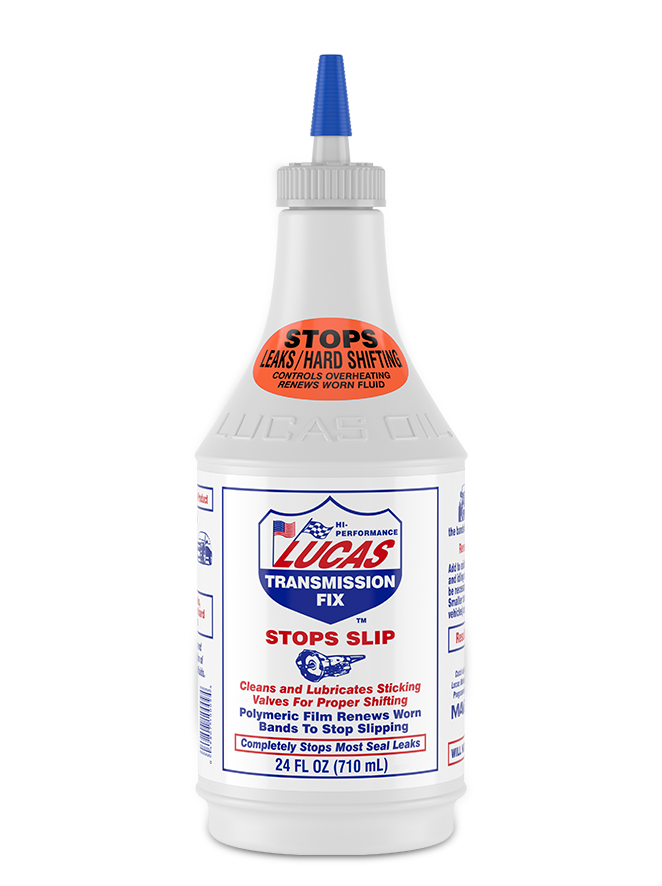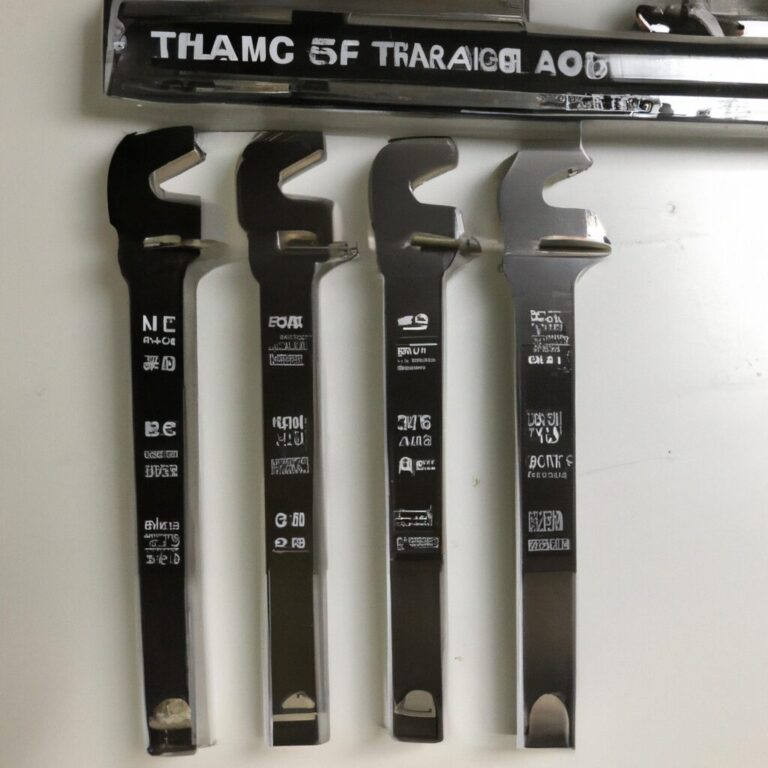How to Fix a Transmission
To fix a transmission, check the fluid level and quality first. Then, inspect for any leaks or damages.
Is your vehicle showing signs of transmission issues like slipping gears or strange noises? Addressing these problems early on can prevent costly repairs and keep your car running smoothly. Whether it’s low fluid levels, worn-out components, or electronic malfunctions, diagnosing and fixing transmission issues promptly is crucial.
In this guide, we will explore common transmission problems and provide essential tips on how to troubleshoot and fix them effectively. By following the right steps and being proactive, you can ensure your vehicle’s transmission stays in optimal condition for years to come.
Diagnosing Transmission Problems
Identifying transmission problems in a timely manner is crucial to prevent major vehicle issues. Understanding the common signs of transmission issues and performing a visual inspection can help in the early detection of potential problems. Additionally, using diagnostic tools can provide accurate insights into the state of your transmission.
Common Signs Of Transmission Issues
- Burning smell: If you notice a burning odor coming from your vehicle, it could indicate overheating transmission fluid.
- Unusual sounds: Whining, grinding, or clunking noises while shifting gears may suggest transmission trouble.
- Slipping gears: A noticeable change in the vehicle’s performance, such as unexpected slipping between gears, is a sign of transmission issues.
- Fluid leaks: Transmission fluid leaks can point to a potential malfunction, so it’s essential to check for any unusual drips under the vehicle.
Performing A Visual Inspection
Visual inspections are a critical part of diagnosing transmission problems. Check for any leaks under the vehicle and examine the transmission fluid level and quality. Look for any signs of metal shavings or debris in the fluid, which could indicate internal damage. Additionally, ensure that the transmission mounts and linkage are in good condition to prevent any further issues.
Using Diagnostic Tools
Diagnostic tools provide a more in-depth analysis of transmission problems. Utilize a scan tool to retrieve error codes from the vehicle’s computer system, which can pinpoint specific issues within the transmission. Consulting a professional mechanic who has access to specialized diagnostic equipment can help in accurately diagnosing and addressing any underlying problems.

Credit: www.youtube.com
Repairing A Transmission
Fixing a transmission can be a daunting task, but with the right knowledge and tools, it can be done. From diagnosing the problem to repairing or replacing parts, this article provides step-by-step guidance to help you get your transmission running smoothly again.
Repairing a Transmission Replacing Transmission Fluid To maintain the health of your transmission, ensure regular fluid changes. Repairing or Replacing the Transmission Pan Check for damage, and re-torque the bolts as needed. Fixing Transmission Leaks Identify the source of leakage to prevent serious damage. Replacing Transmission Solenoids Timely replacement of solenoids can prevent major issues.Rebuilding A Transmission
Rebuilding a transmission is a detailed process that involves disassembling, inspecting, cleaning, and reassembling various components to ensure optimal performance and longevity.
Disassembling The Transmission
Begin by carefully disassembling the transmission, removing each component systematically to access the inner workings.
Inspecting And Replacing Worn Parts
Thoroughly inspect each part for wear and tear, replacing any damaged or worn components to prevent future issues.
Cleaning And Lubricating Components
Utilize specialized tools and cleaners to clean and lubricate all transmission components for smooth operation.
Reassembling The Transmission
Carefully reassemble the transmission, ensuring each part is placed correctly to avoid any malfunctions.

Credit: www.lucasoil.com
Preventive Maintenance For Transmissions
Preventive maintenance is crucial for ensuring the longevity and optimal performance of your vehicle’s transmission. By taking proactive measures, you can avoid costly transmission repairs and keep your vehicle running smoothly. Below are some essential tips for maintaining your transmission to help prevent issues down the road.
Regularly Checking Transmission Fluid
Checking your transmission fluid regularly is key to preventing potential problems. Low fluid levels or dirty fluid can lead to overheating and premature wear and tear on the transmission components. A simple visual inspection of the fluid’s color and smell can indicate if it needs to be changed or topped up.
Maintaining Proper Fluid Levels
Ensuring that your transmission fluid is at the proper level is essential for optimal performance and longevity. Use the manufacturer’s recommended type of fluid and follow the guidelines for checking and filling the fluid level based on your specific vehicle model. Keep in mind that overfilling can be just as detrimental as having low fluid levels.
Keeping The Transmission Cool
Heat is one of the greatest enemies of a transmission, so keeping it cool is crucial. Ensure that the transmission cooler is functioning effectively, and regular inspection of the cooling system can help prevent overheating and subsequent damage to the transmission components.
Following The Manufacturer’s Maintenance Schedule
Adhering to the manufacturer’s recommended maintenance schedule is vital for avoiding transmission issues. This includes regular fluid changes, filter replacements, and other maintenance tasks specific to your vehicle. Keeping up with these scheduled maintenance items can significantly extend the lifespan of your transmission.

Credit: m.youtube.com
Frequently Asked Questions For How To Fix A Transmission
Can I Fix My Transmission Myself?
No, it is not recommended to fix your transmission yourself. It is a complex task that requires specialized knowledge and tools. To ensure proper repair and avoid further damage, it is best to seek the assistance of a professional mechanic.
Can Transmission Problems Be Fixed?
Yes, transmission problems can be fixed with the help of a skilled mechanic. It is important to address issues promptly to prevent further damage to the transmission. Regular maintenance and swift repairs can prolong the lifespan of your vehicle’s transmission.
Can You Fix A Transmission Without Replacing It?
Yes, a transmission can sometimes be fixed without replacing it, depending on the issue’s severity and the repairs needed.
How Much Does A Transmission Cost To Replace?
The average cost to replace a transmission ranges from $1,800 to $3,400, including parts and labor.
How Do I Know If My Transmission Is Failing?
If you experience delays in shifts, slipping gears, or a burning odor, your transmission may be failing.
What Are The Common Signs Of A Transmission Problem?
Common signs of a transmission problem include rough shifting, grinding noises, and fluid leaks.
Can I Fix A Transmission Problem Myself?
Simple issues like changing the fluid can be done yourself, but major repairs should be done by a professional.
Conclusion
In closing, addressing transmission issues requires time, patience, and attention to detail. By following the steps outlined in this guide, you can successfully fix your transmission and restore the smooth operation of your vehicle. Remember to stay safe, take your time, and always seek professional help if needed.
With a proactive approach, your transmission troubles can be a thing of the past.


